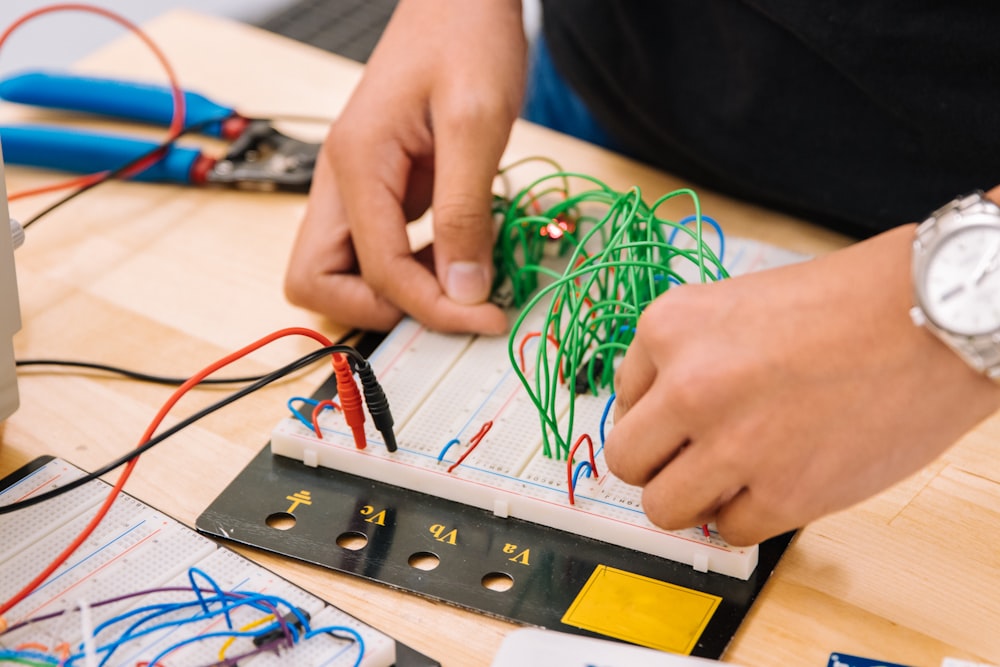Rote Learning vs Constructive Learning.
“Memorise the maths table, memorise all the definitions and formulas of physics, chemistry and biology, then only you can score good marks in your exams.” This is what our parents and teachers used to suggest to us when we were small. Memorising also known as rote learning needs repetition and drilling of the same information again and again, till when we are not hearted with it. Children with good memory power can memorise things easily, but it is not the same with every child. Rote learning generally doesn’t need critical or creative thinking, and most of the children lose focus while memorising things due to lack of concentration.
This is one of the main reasons why children who are bright as a student are not so good professionally. And children who were dull as a student come out to be a smart professional later.
Rote learning or memorising the facts and information does not help our child to know, or it doesn’t give a chance to explore the concept of the formulas and definitions. Rather than memorising, it’s very crucial to understand why the formula has been framed in that way, or what’s the concept that it wants to convey to us. Once the concept is understood, it is not forgettable throughout the life. Whereas rote learning forces us to go through the same thing again and again. Not only this, it fails to implement constructive learning making the child dull who is not able to analyse and solve a problem.
So it’s time for the educators to shift from rote learning to constructive learning.
What is constructive learning?
Constructive learning also known as meaningful leaning involves, understanding of a concept and how they fit together. It’s a type of learning where the educators have to engage the child fully in the teaching learning process. The aim of this type of teaching is to transform a child to be a critical thinker who can analyse and solve a problem on his or her own. Learning through this process is clear and remains with the child throughout their life.
Although there are various disadvantages, but there are certain advantages too which rote learning provides us. It helps us to recall basic facts and information which we had memorised. It is very helpful for pre-primary kids to memorise the alphabet and numbers.
Everything has its pros and cons, but when the question of developing a child comes, we can approach it with the mixture of both rote and constructive learning to make their base strong.





